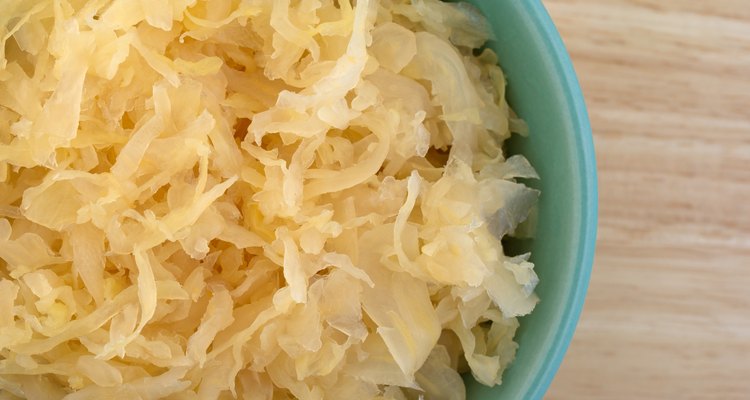
BWFolsom/iStock/Getty Images
"Sauerkraut" is a German word that means sour cabbage. Sauerkraut is finely shredded cabbage that has undergone a process of fermentation by various lactic acid bacteria, such as pediococcus, leuconostoc and lactobacillus. A four-day diet that features sauerkraut purports to help you lose up to six pounds in four days while realizing the health benefits of this cabbage. Clinical research, however, as not confirmed the safety or effectiveness of the sauerkraut diet. As with any diet, you should check with your doctor prior to starting the sauerkraut diet.
Day 1
Breakfast on the first day of the sauerkraut diet consists of 175 g. of non-fat cottage cheese and one slice of whole-grain bread. For lunch on the first day of the sauerkraut diet, you will eat 200 g. of sauerkraut with 100 g. of pork and 1 pear. Dinner features 150 g. of sauerkraut, 4 and 1/2 radishes and a half of a cucumber.
Day 2
On day two of the sauerkraut diet, you will eat 1 banana and 150 ml. of non-fat yogurt sprinkled with 1 tbsp. of ground oatmeal for breakfast. For lunch on the second day of the diet, you will eat soup made with 200 g. of sauerkraut, 100 ml. of broth, 50 ml. of apple juice and 2 sweet red peppers. Dinner on day two of the sauerkraut diet features 200 g. of sauerkraut and 150 g. of fried salmon fillet sprinkled with lemon juice.
Days 3 and 4
Days three and four of the sauerkraut diet require you to eat 1 orange and 150 g. of cottage cheese sprinkled with sunflower seeds for breakfast. Lunch features 150 g. of fried fish and 150 g. of sauerkraut. For dinner on days three and four you should eat a 3 potatoes, 100 g. of sauerkraut and 4 grapes.
Alleged Benefits
According to “Truly Cultured: Rejuvenating Taste, Health and Community with Naturally Fermented Foods,” sauerkraut boosts your immune system by providing your body with essential vitamins, minerals and phytochemicals. An enhanced immune system can help you fight common colds and weight gain. Further, the book states that the fermentation process used to produce sauerkraut yields cancer-fighting substances such as isothiocyanates. Additionally, the bacteria in sauerkraut can help you maintain the bacteria in your gastrointestinal balance. This balance increases your healthy flora, helps you to digest lactose, neutralizes phytic acid and naturally generates omega-3 fatty acids.
Related Articles

The Samurai Diet
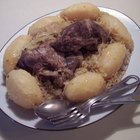
How to Cook a Boneless Sirloin Pork ...
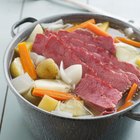
How to Pickle Beef Brisket

High Fiber & Protein Diet Menus
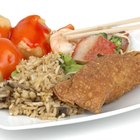
Restaurants on 50th - 52nd Street in ...

Baking Homemade Venison Sausage in a ...

Kaiser Hotdog Diet

A List of Foods Containing Microbes
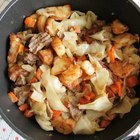
Traditional Irish Foods for Lunch

What Type of Food Do People in Honduras ...

Breakfast on the Soup Diet

How to Process Sauerkraut into Canning ...

Southeast Asian Diet & Nutrition

How to Cook Sauerkraut and Kielbasa ...

How to Get Rid of Purple Scars

Pita Bread Sandwich Ideas

What Are the Benefits of Raw Sauerkraut?

Different Kinds of Lunch Meat

How to Make Tomato Bruschetta

L-Lysine for Hair Growth
References
- "Truly Cultured"; Nancy Lee Bentley; 2008
- "The Fast Track Detox Diet"; Ann Louise Gittleman; 2006
- "Making Sauerkraut and Pickled Vegetables at Home"; Klaus Kaufmann and Annelies Schoneck; 2002
Writer Bio
Allison Adams has worked as a registered dietitian since 1996. She began writing professionally in 2000, with work featured in a variety of medical publications such as "Women's Health Magazine" and the "New England Journal of Medicine." Adams holds a Master of Science in nutrition and food sciences from the University of Wisconsin-Madison.
Photo Credits
BWFolsom/iStock/Getty Images